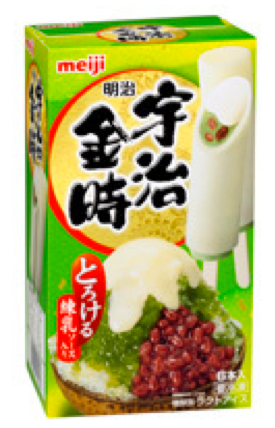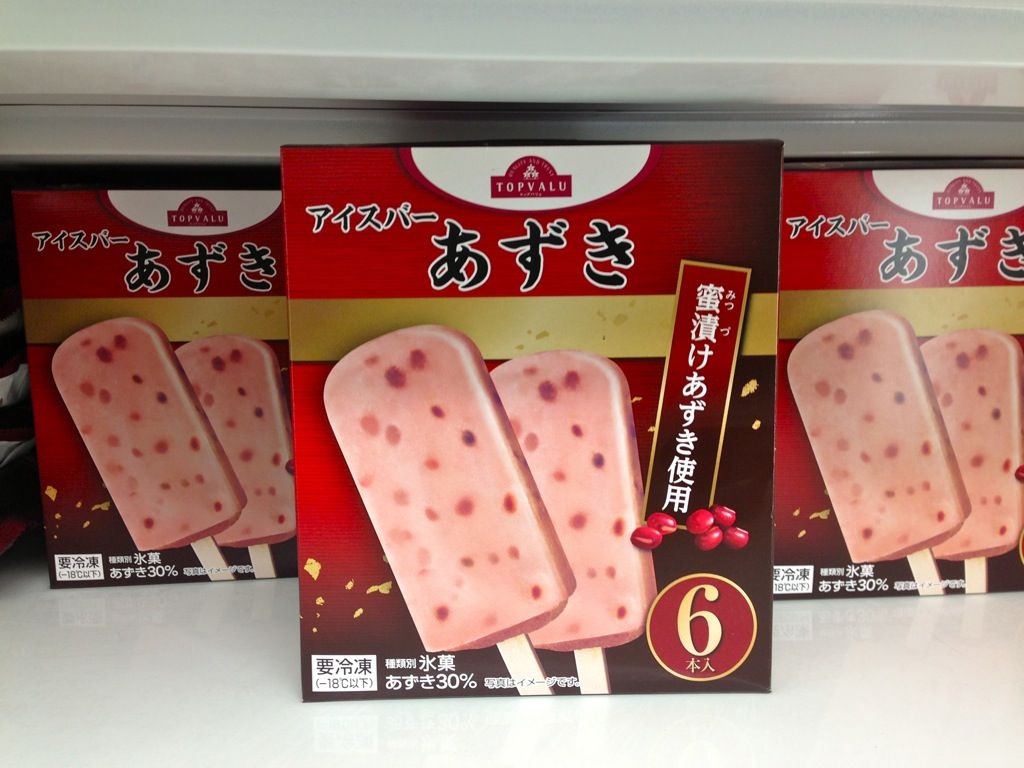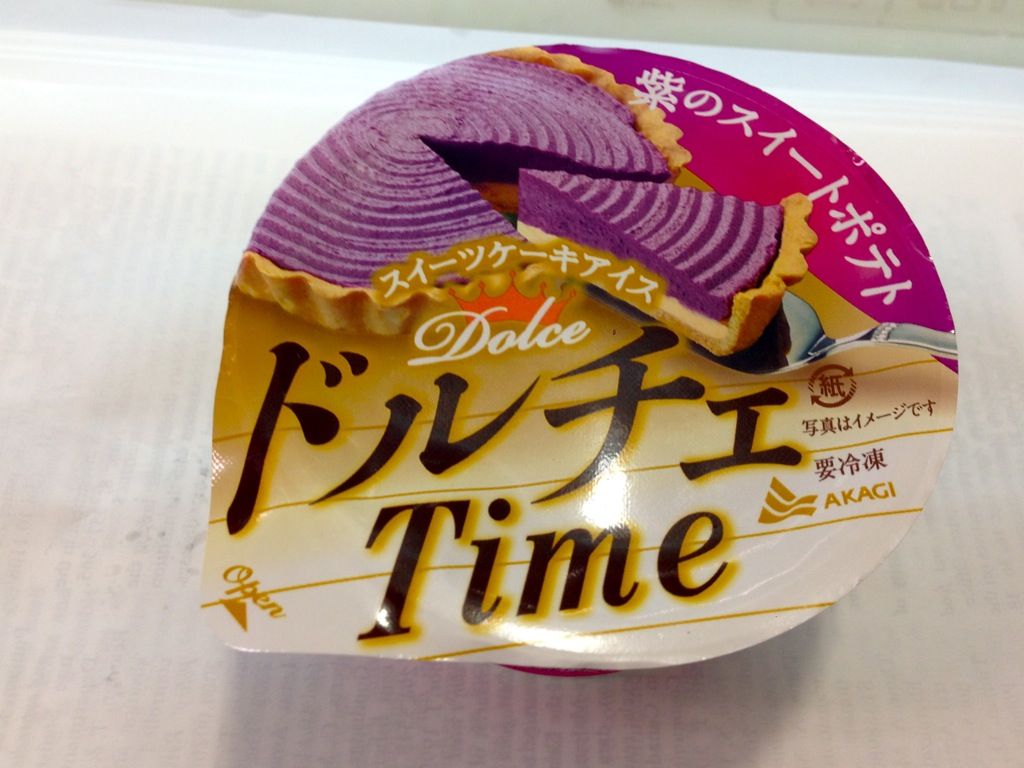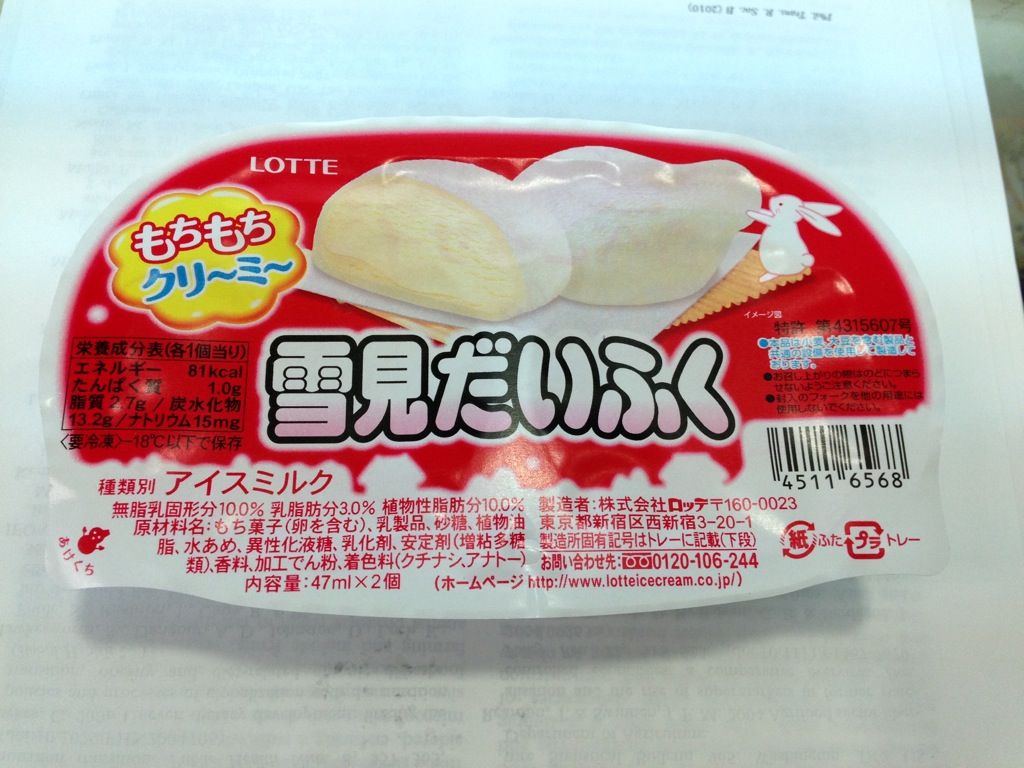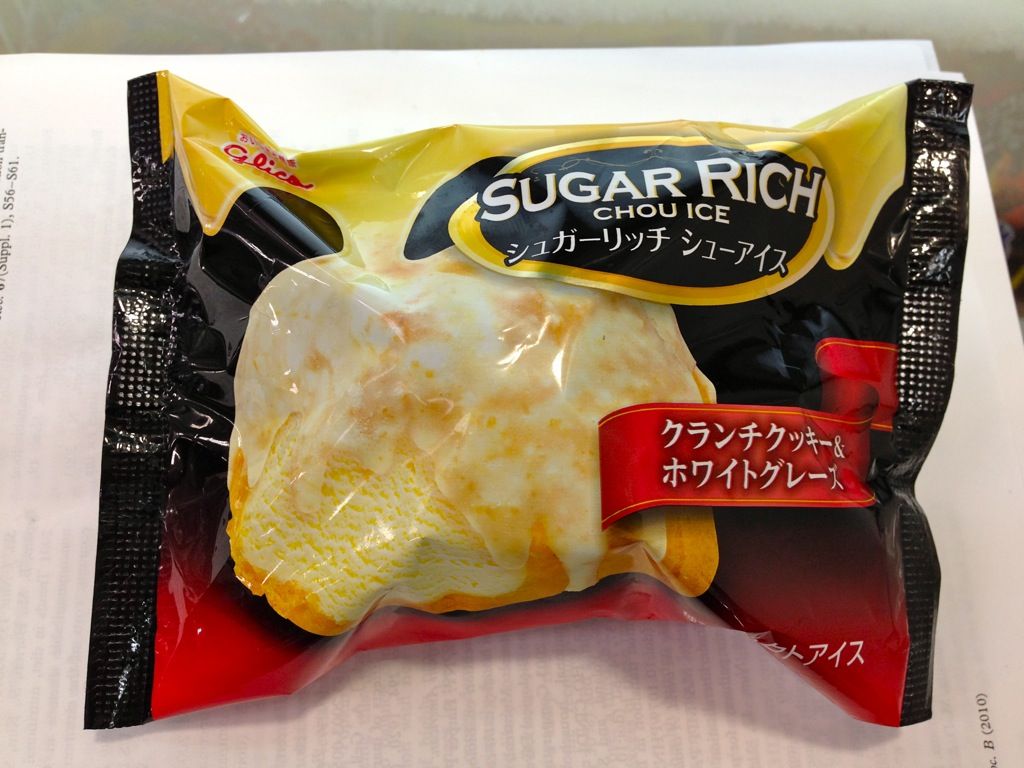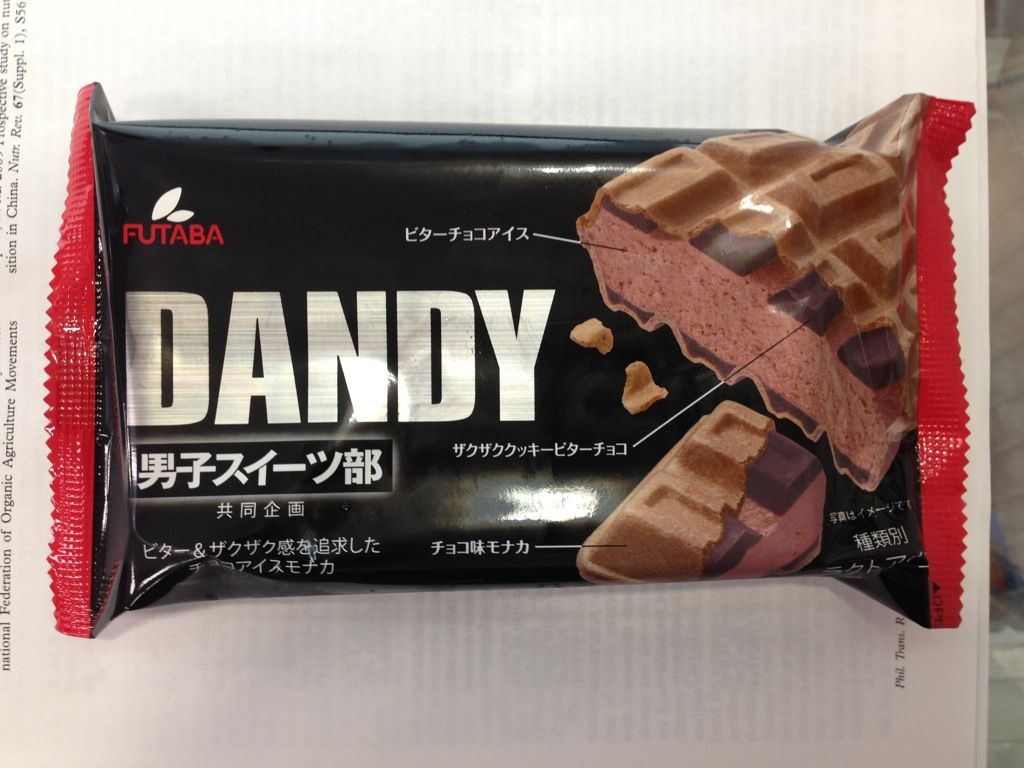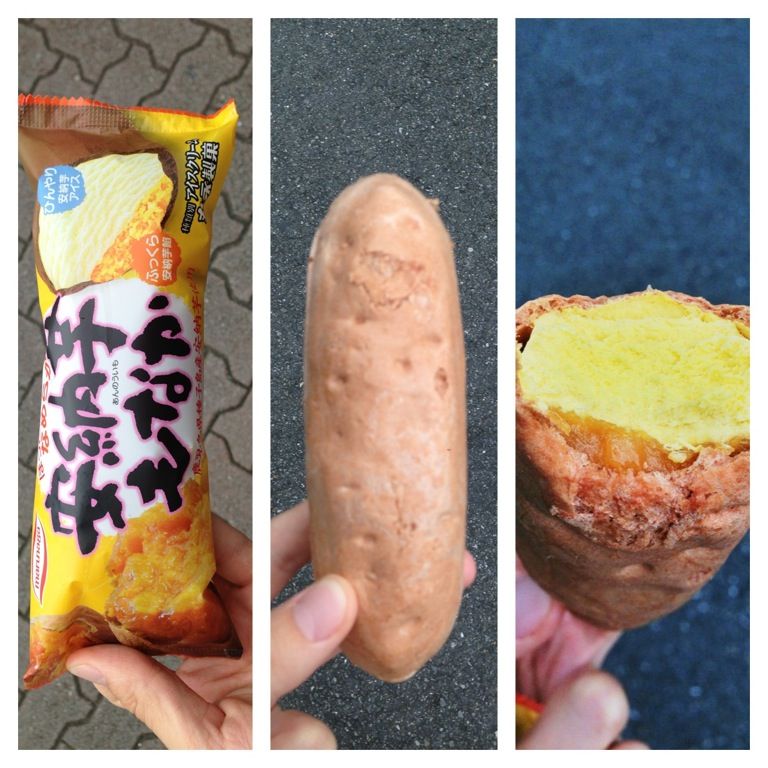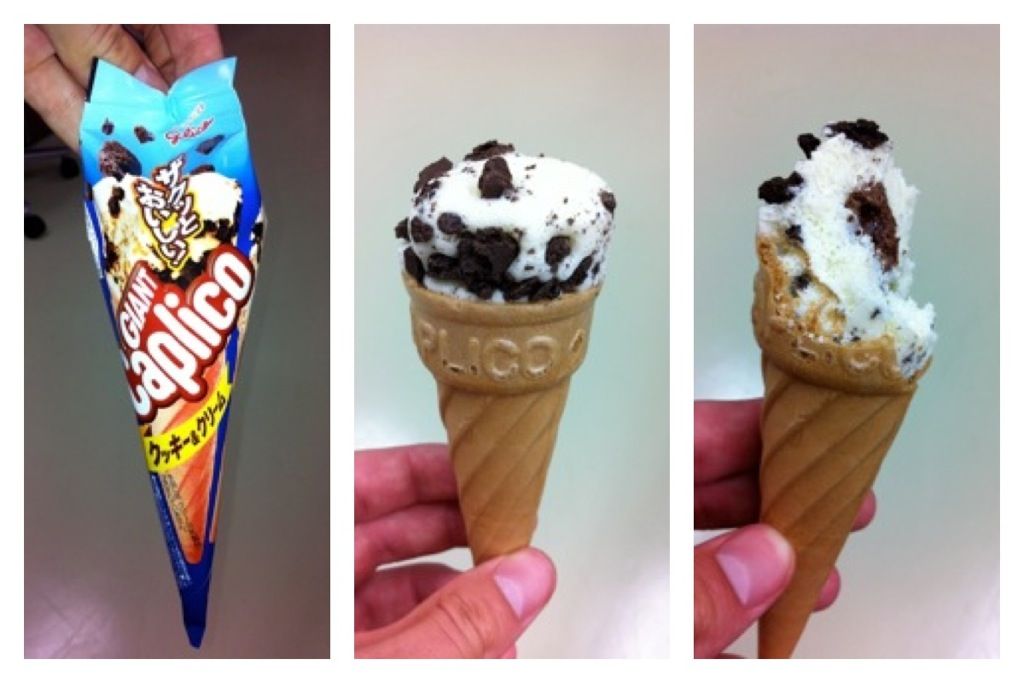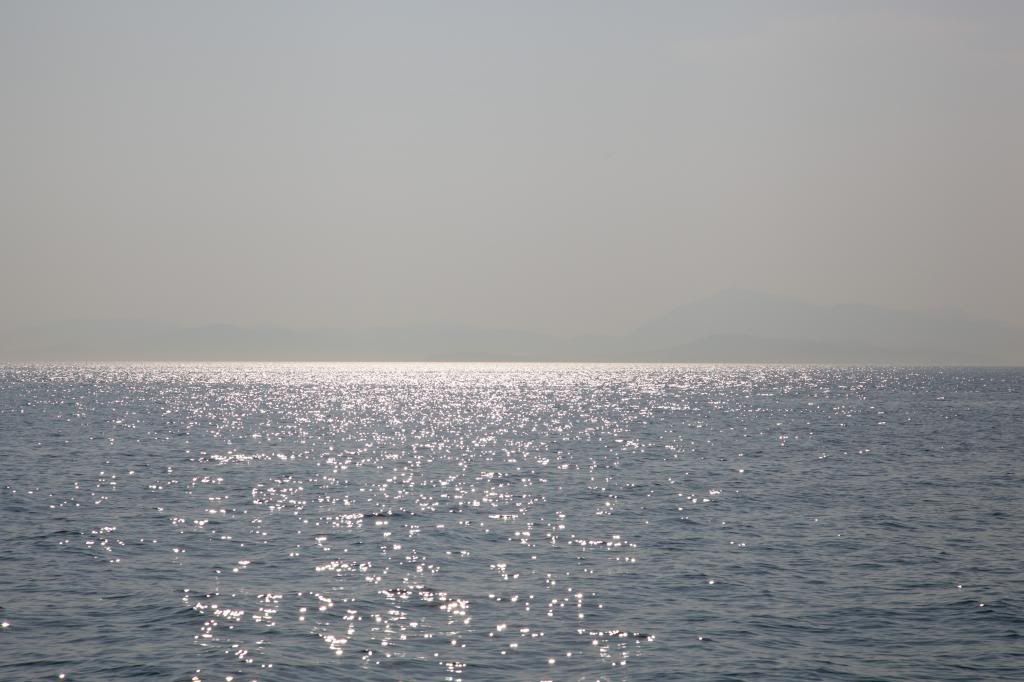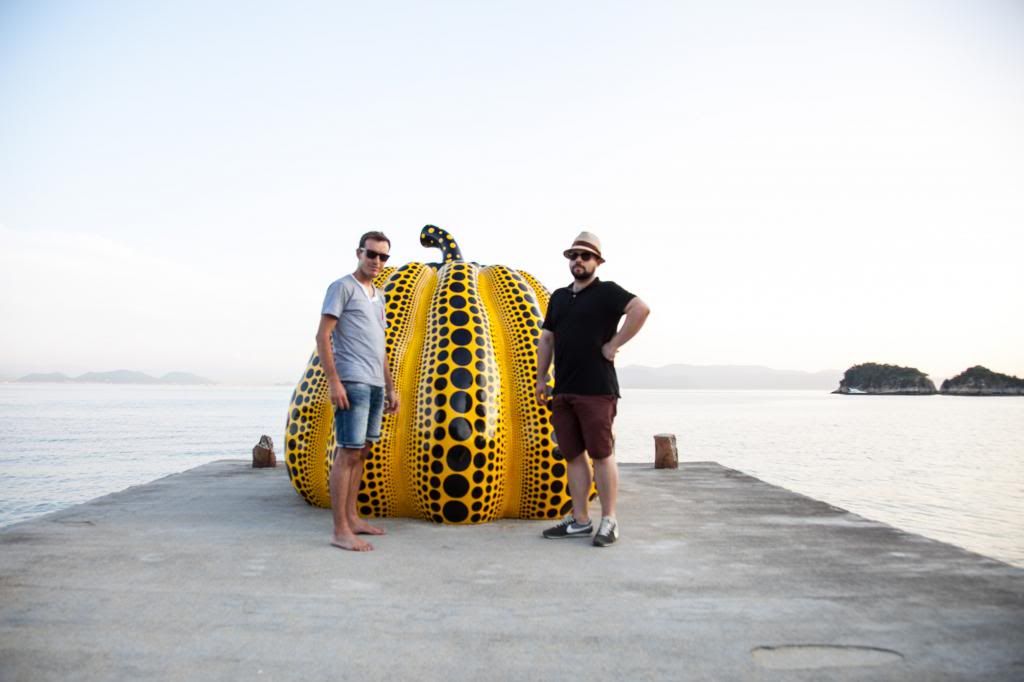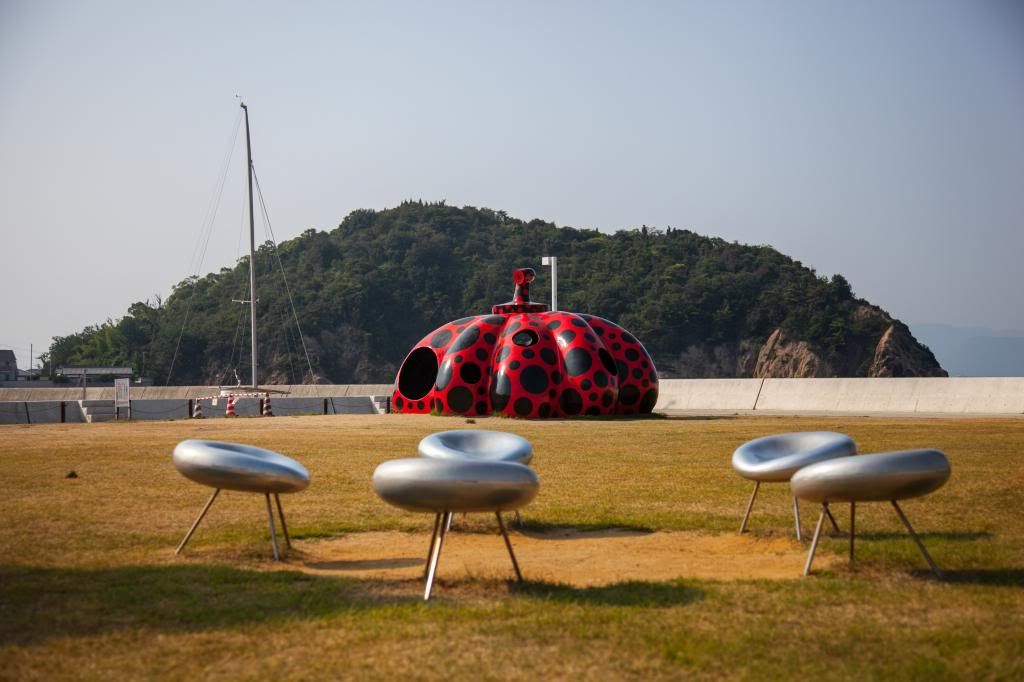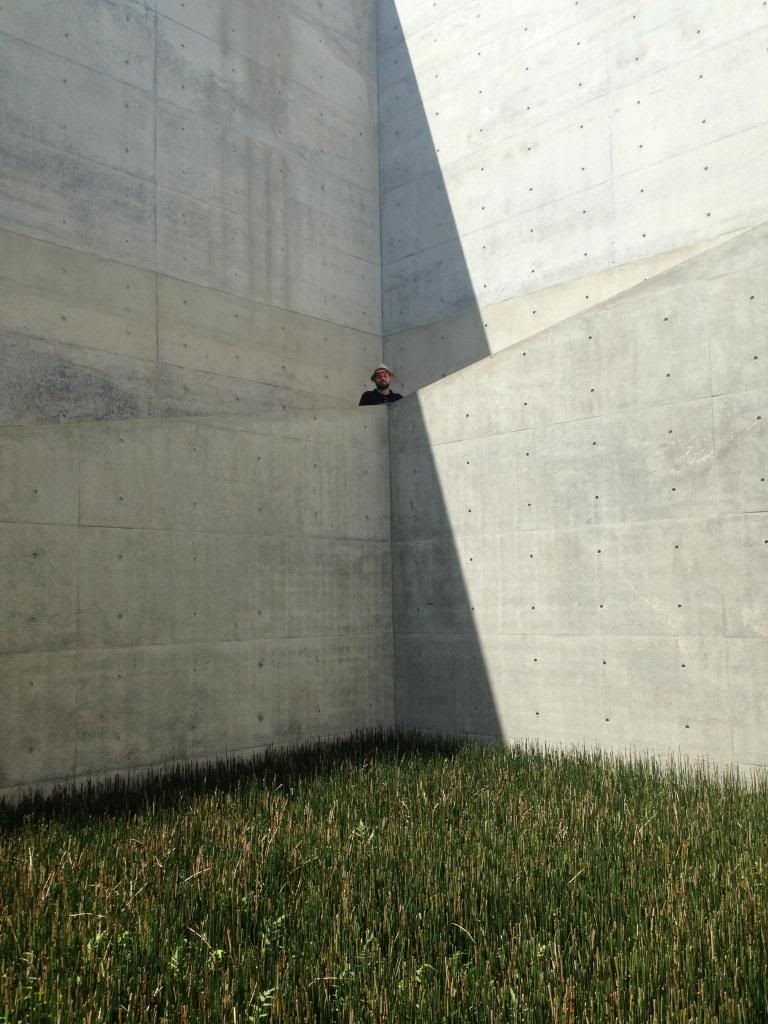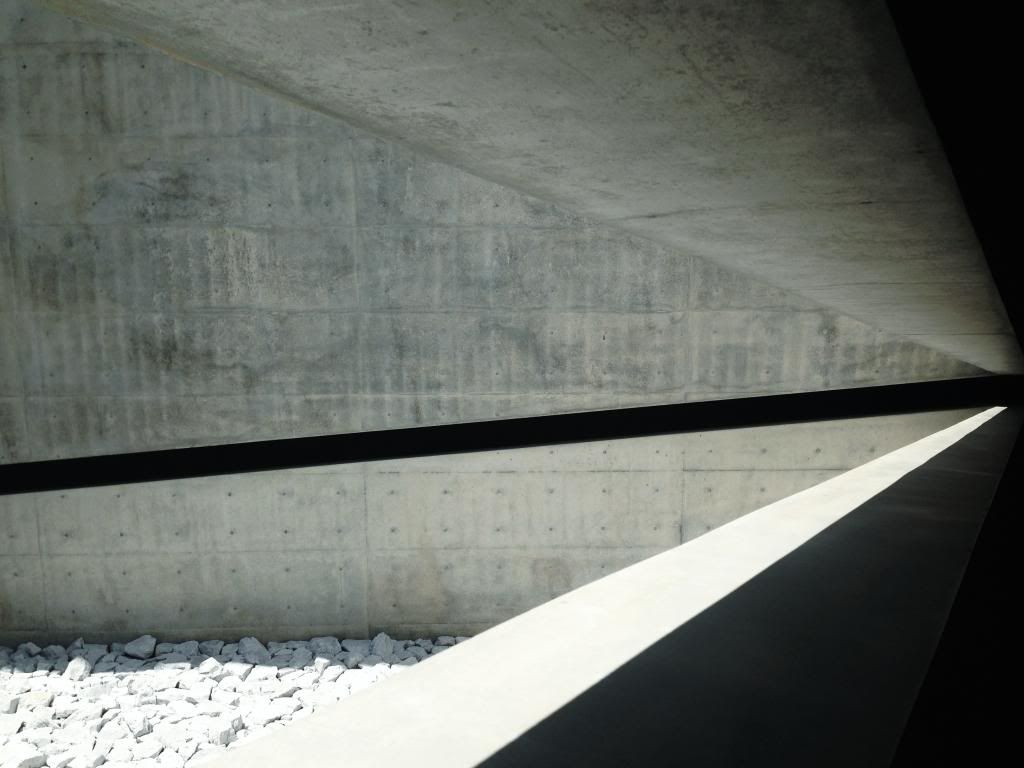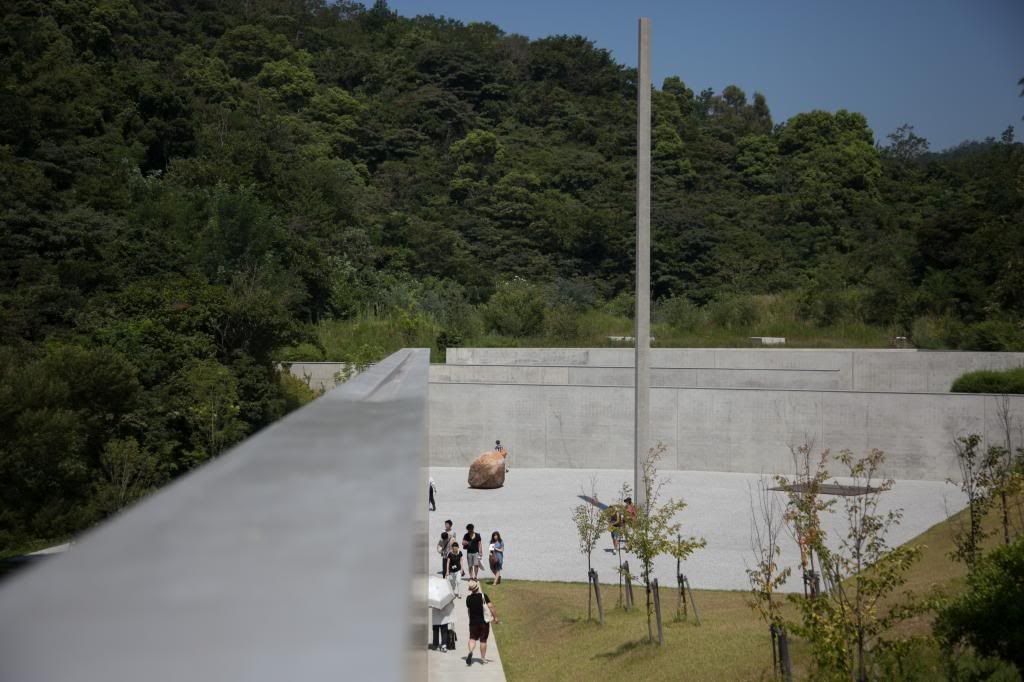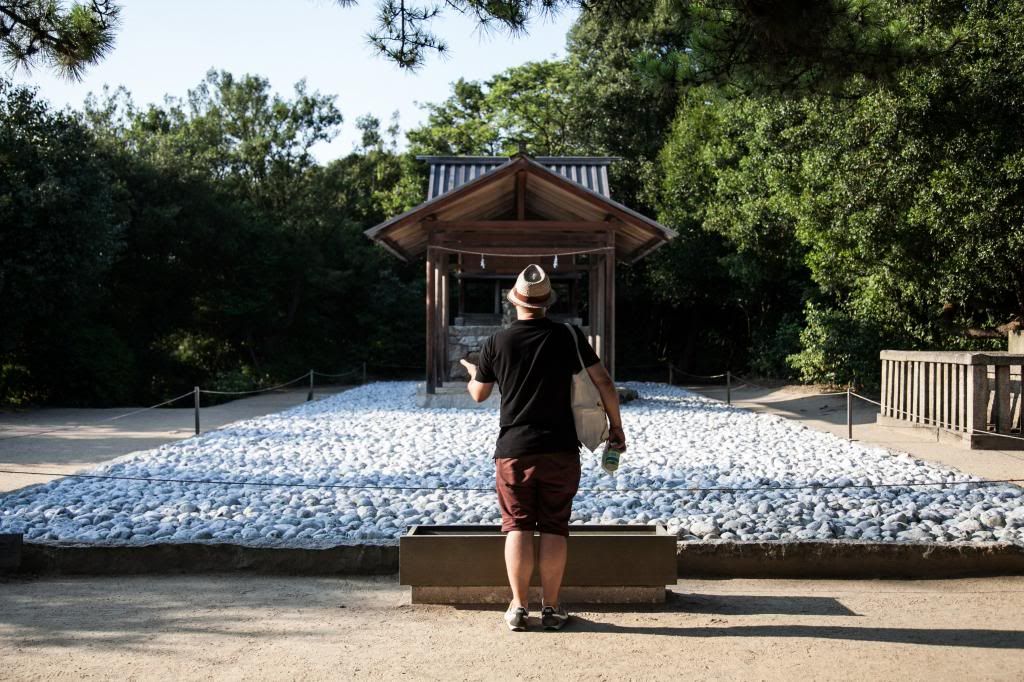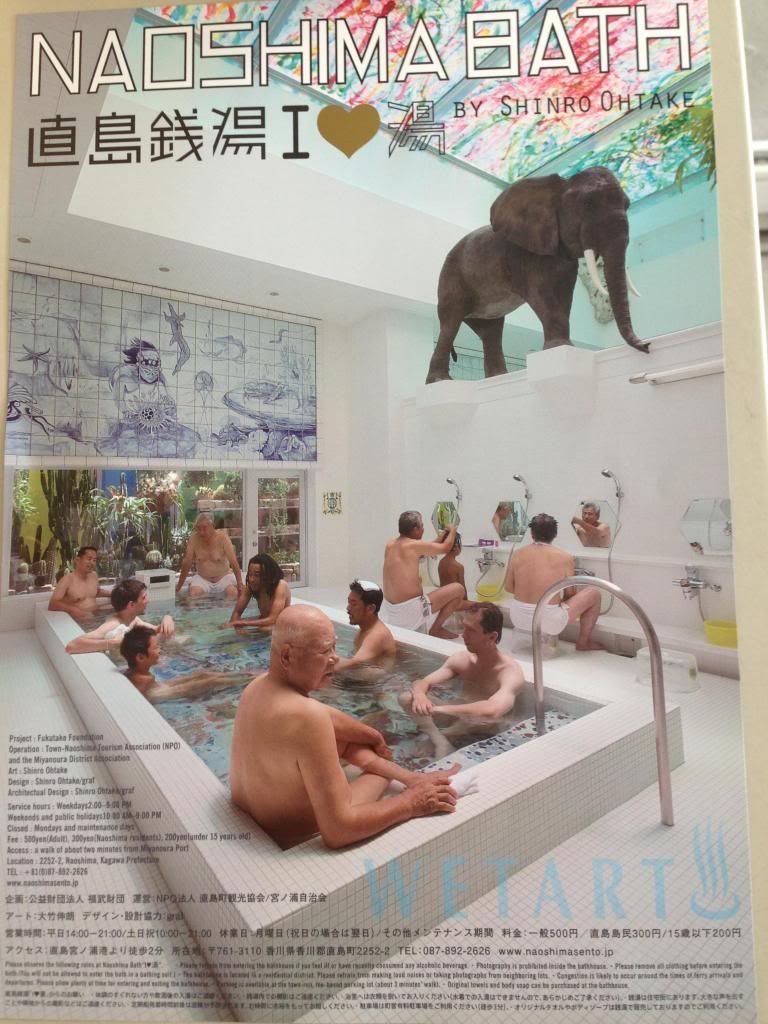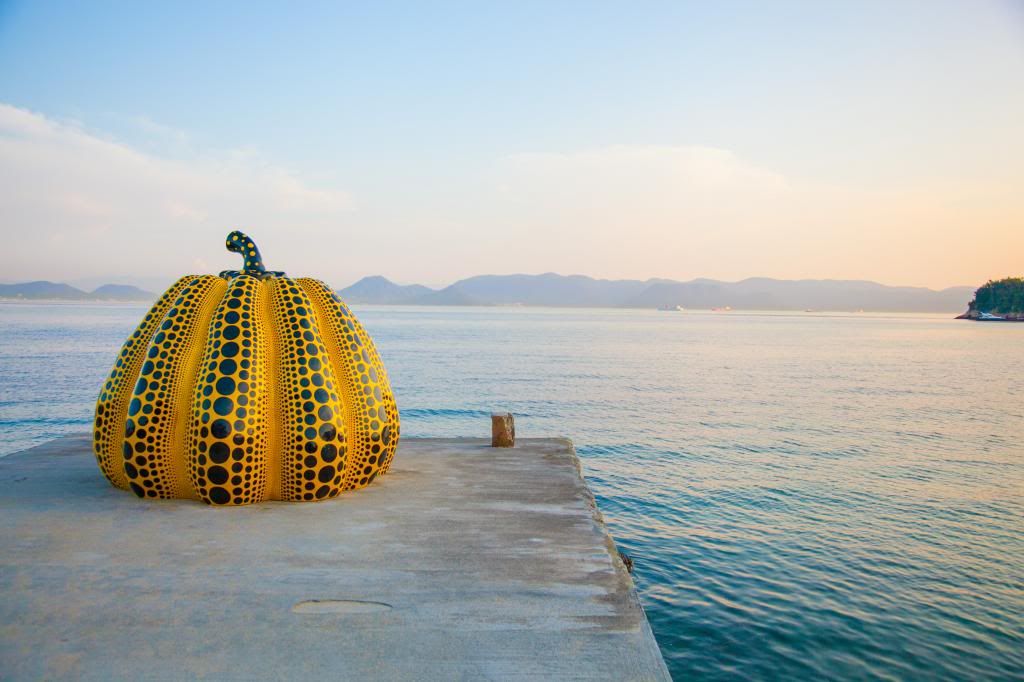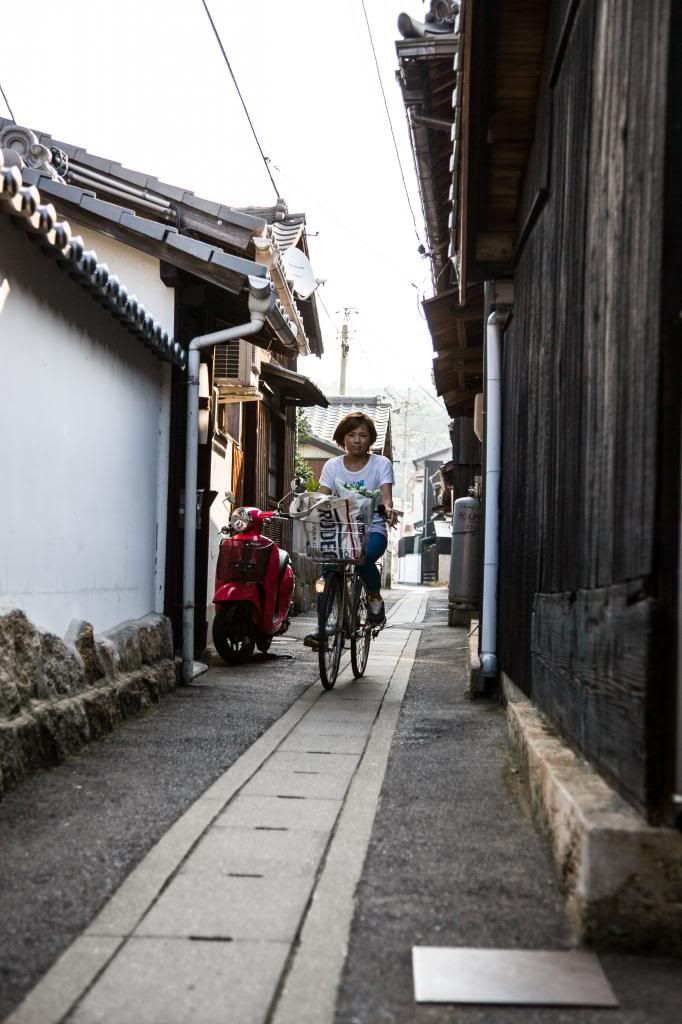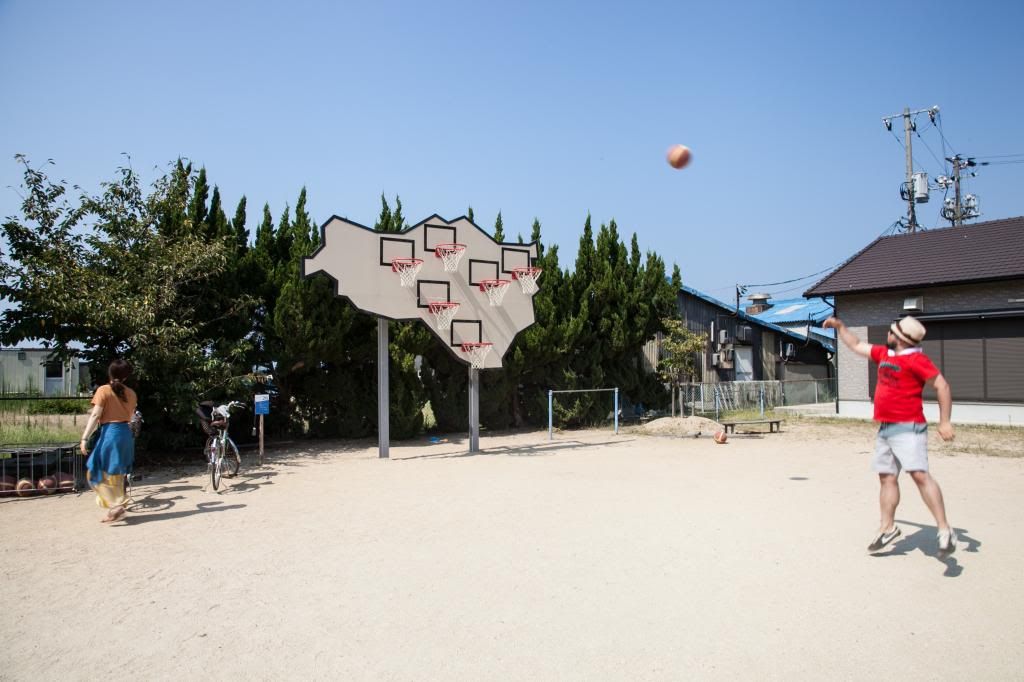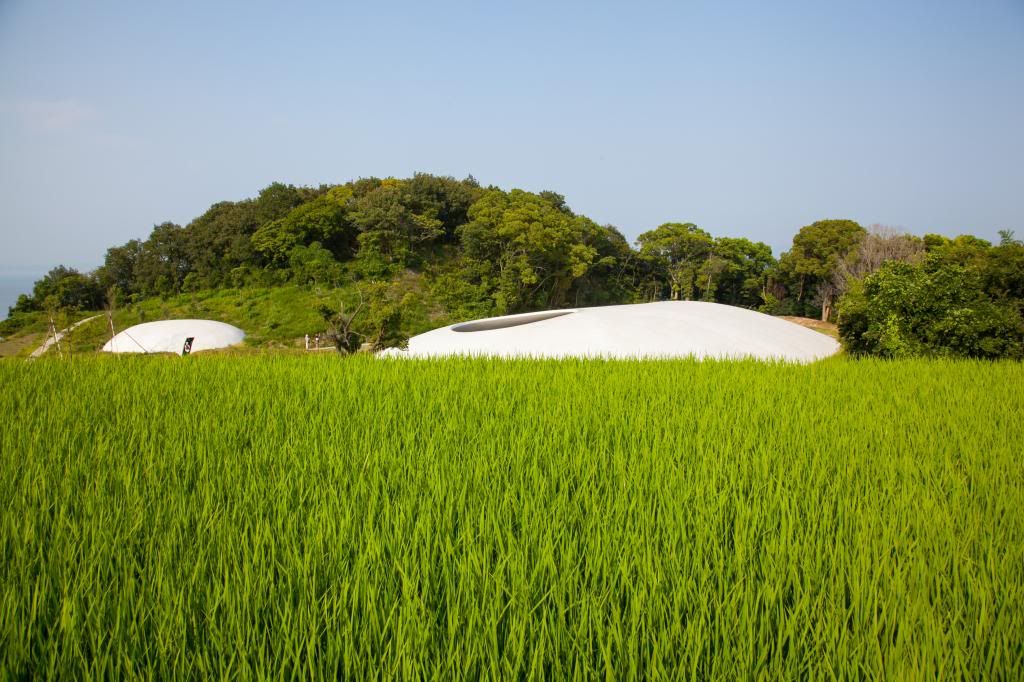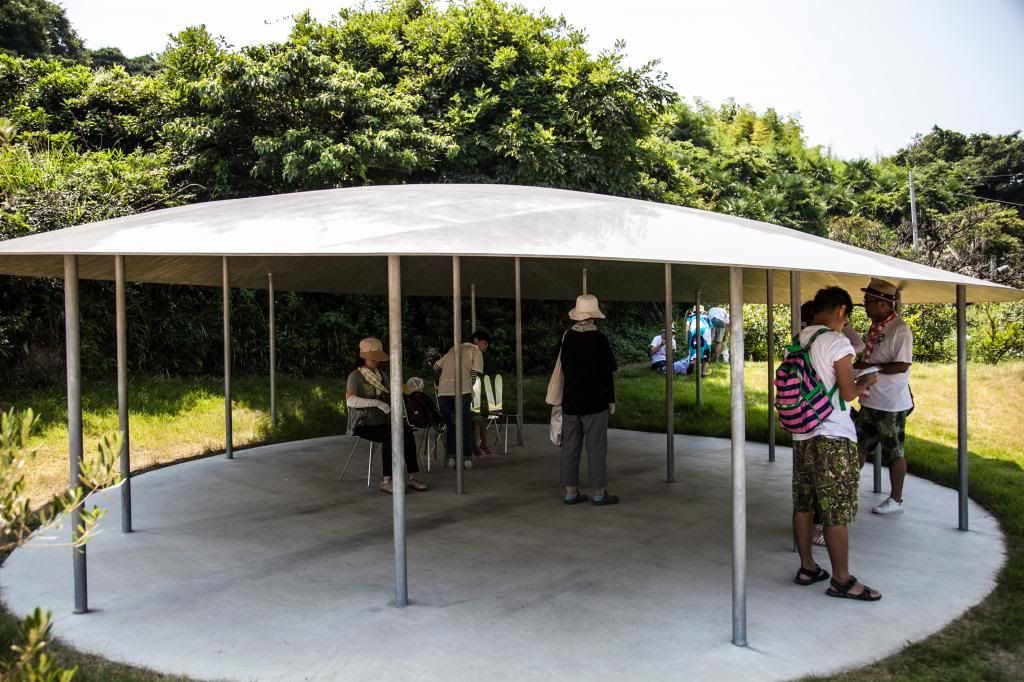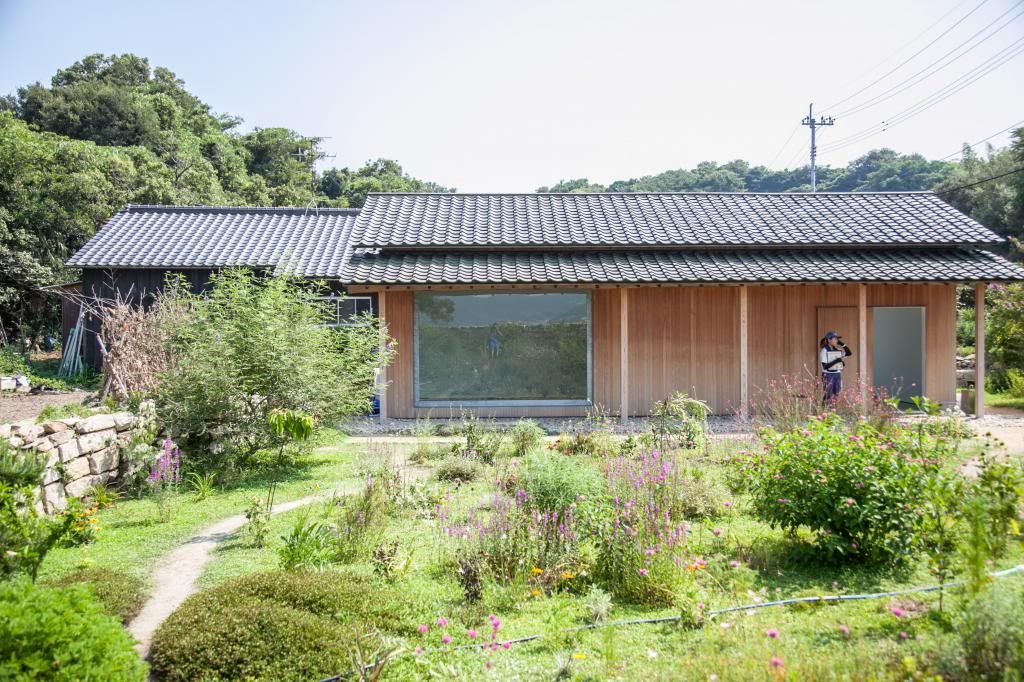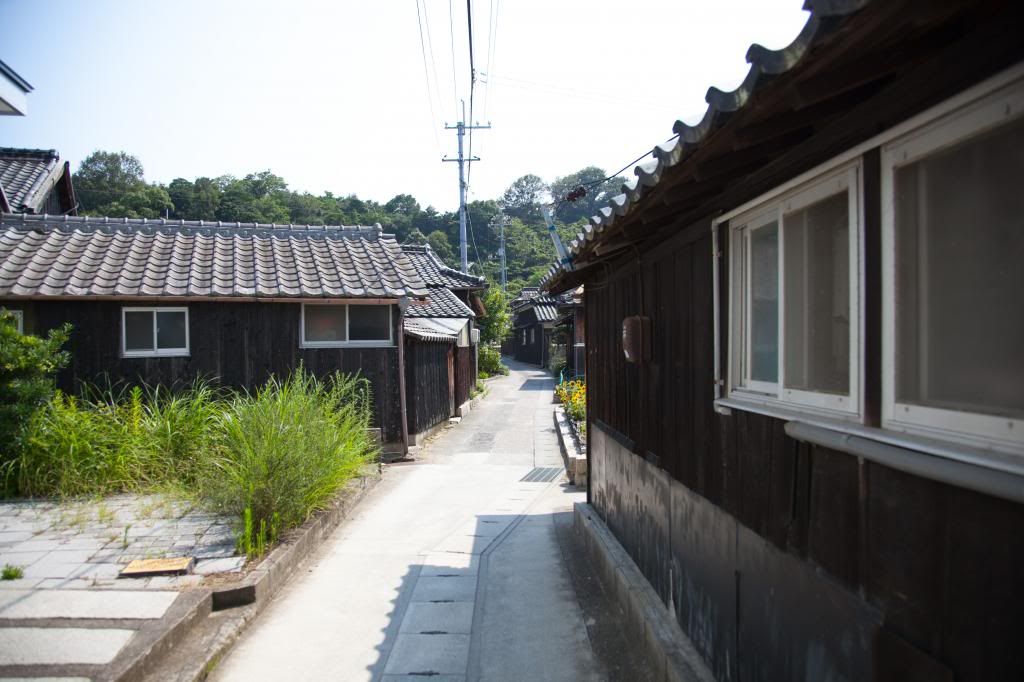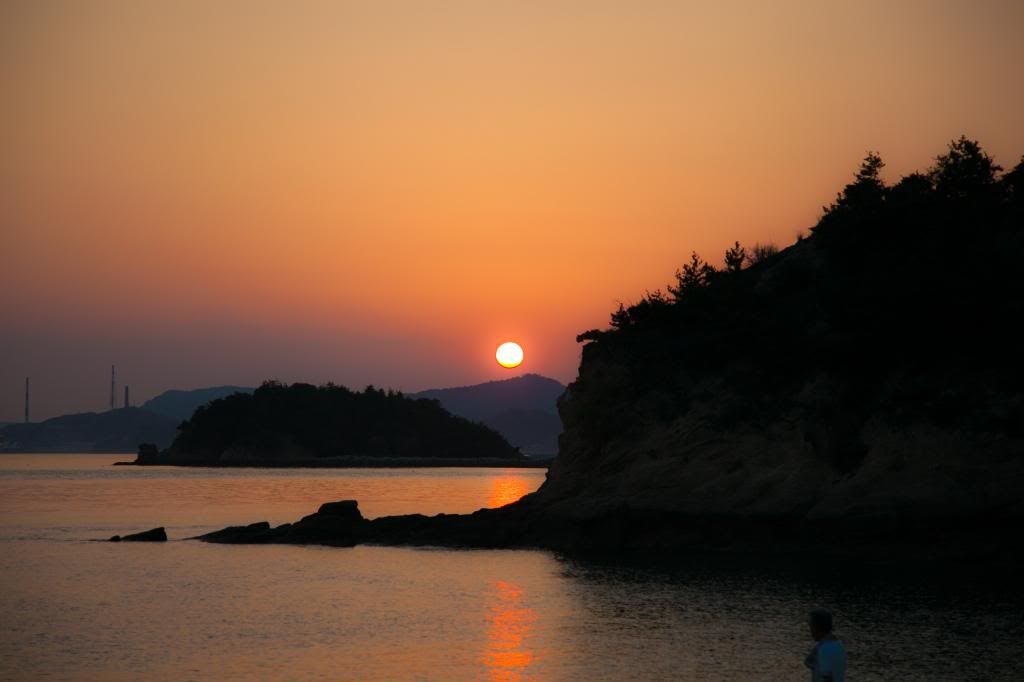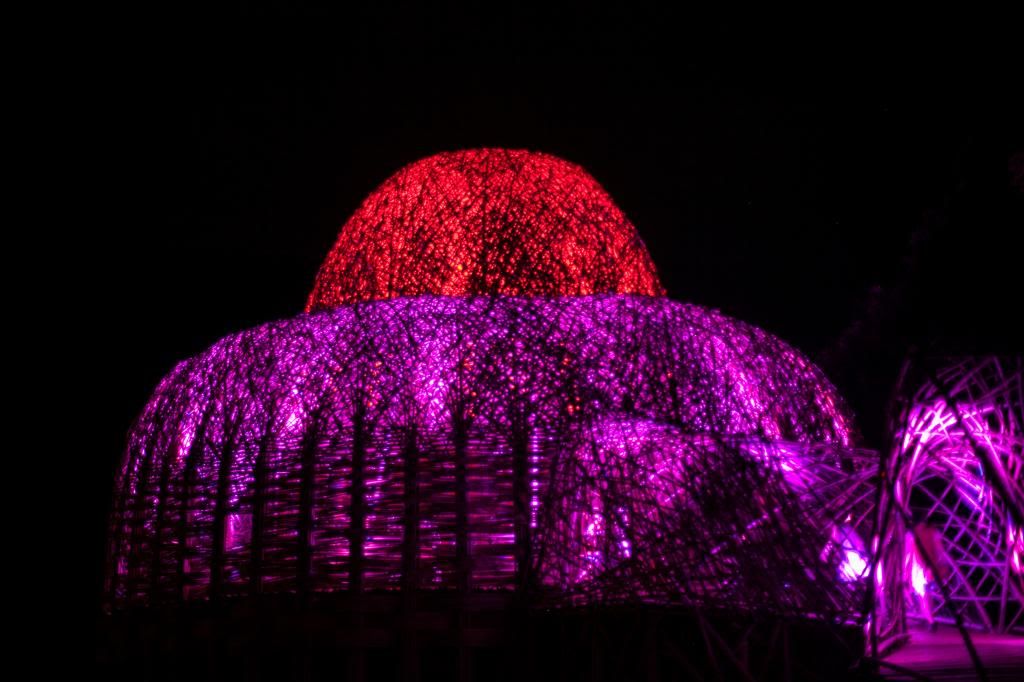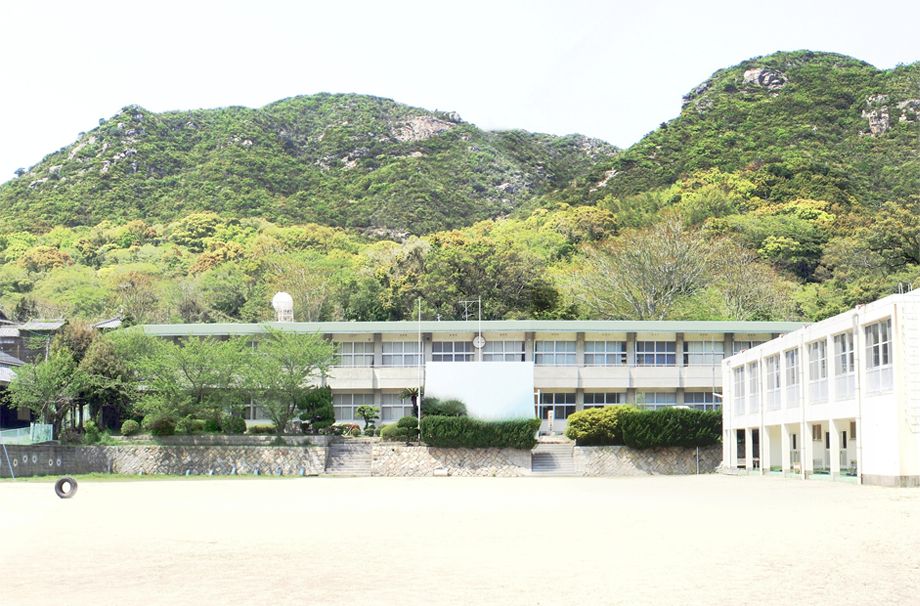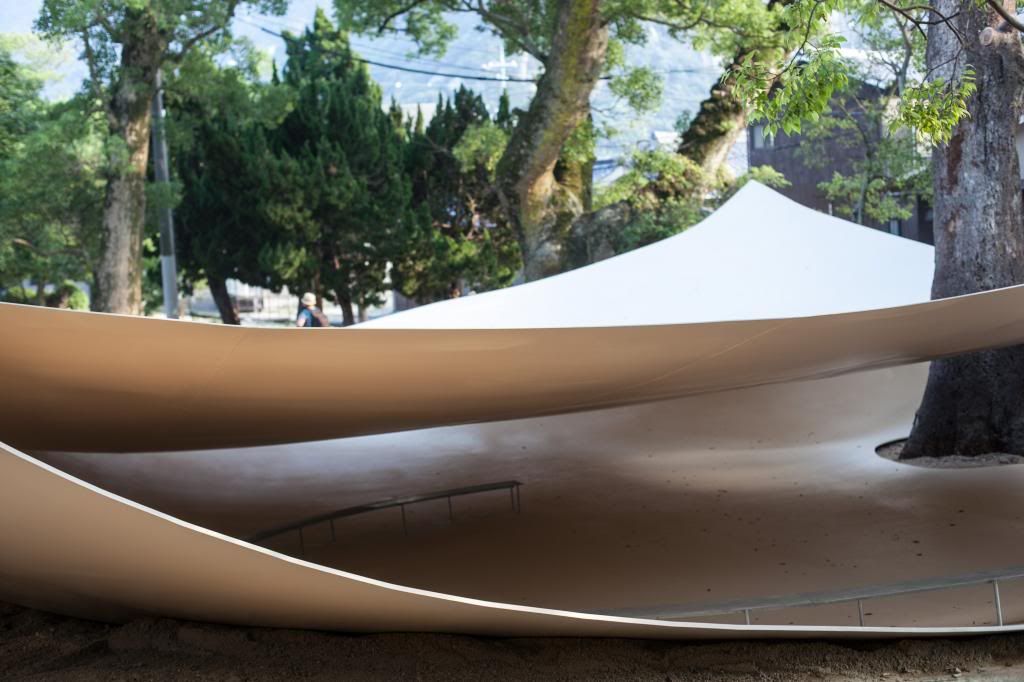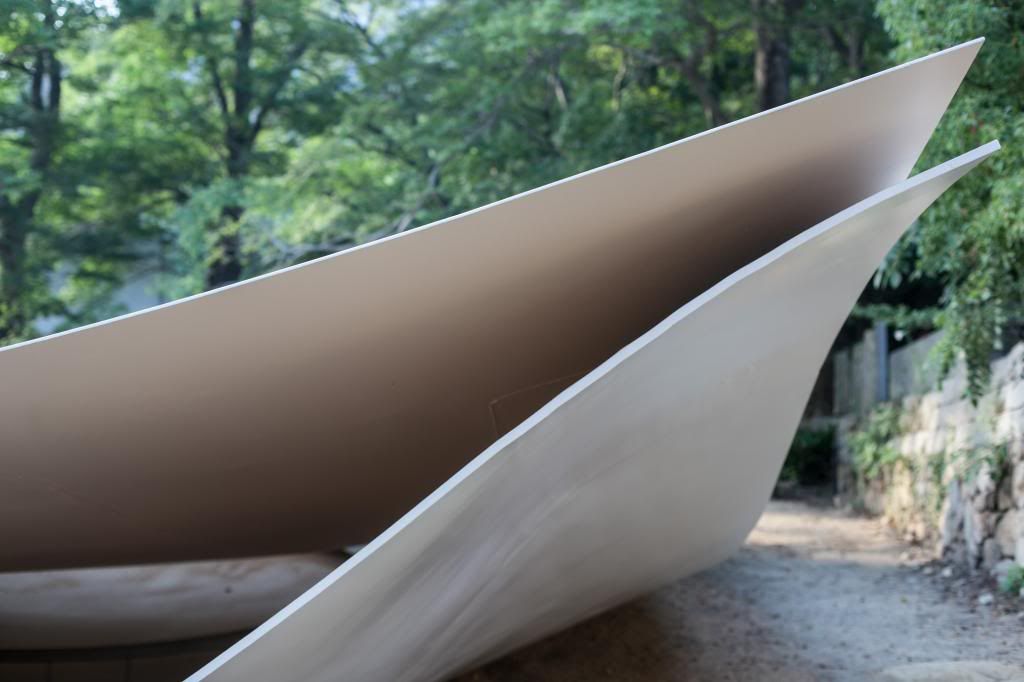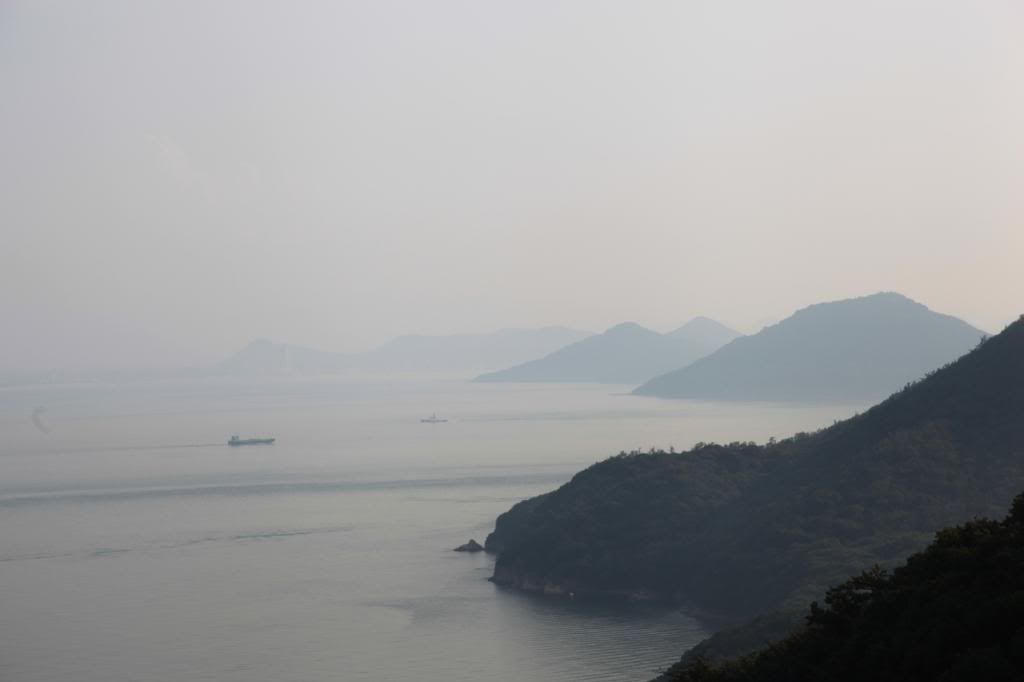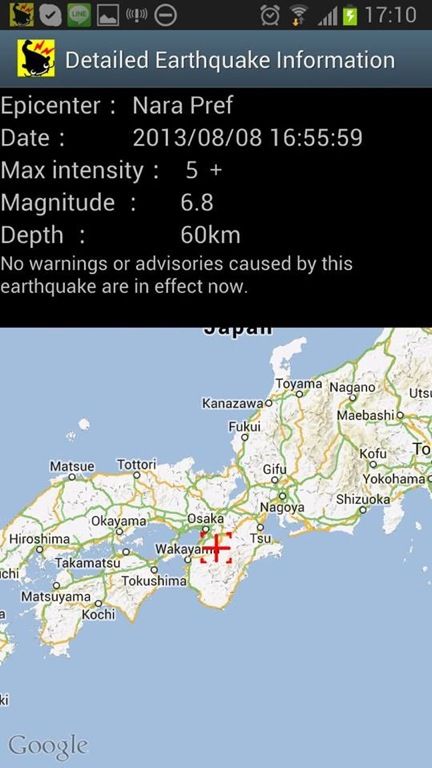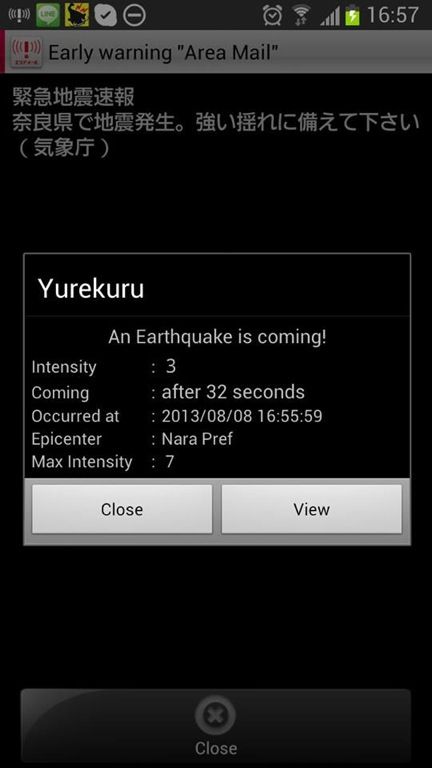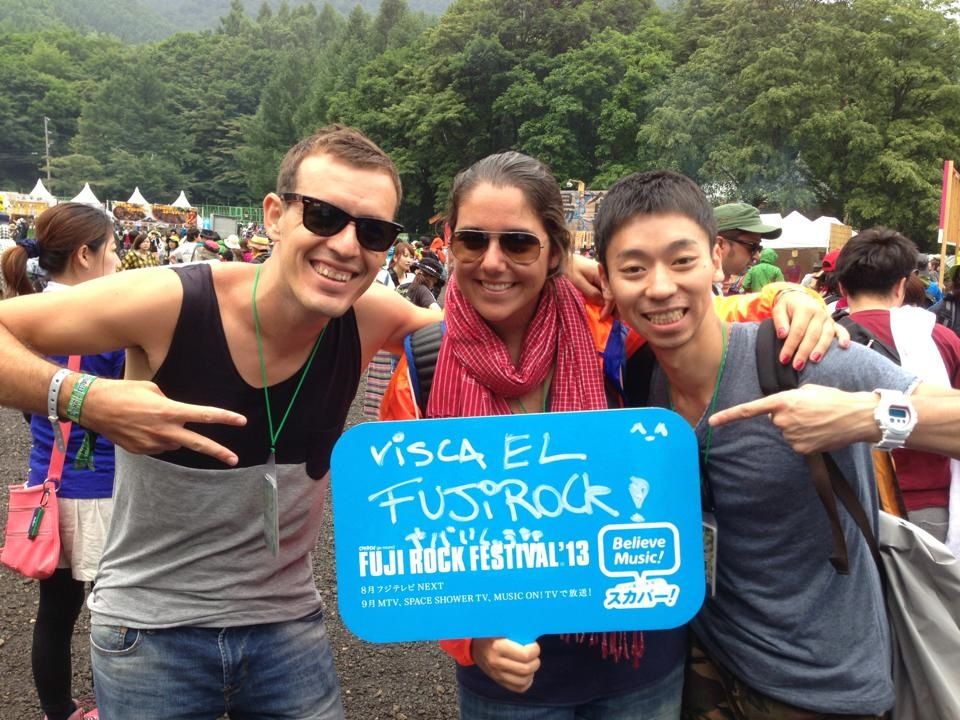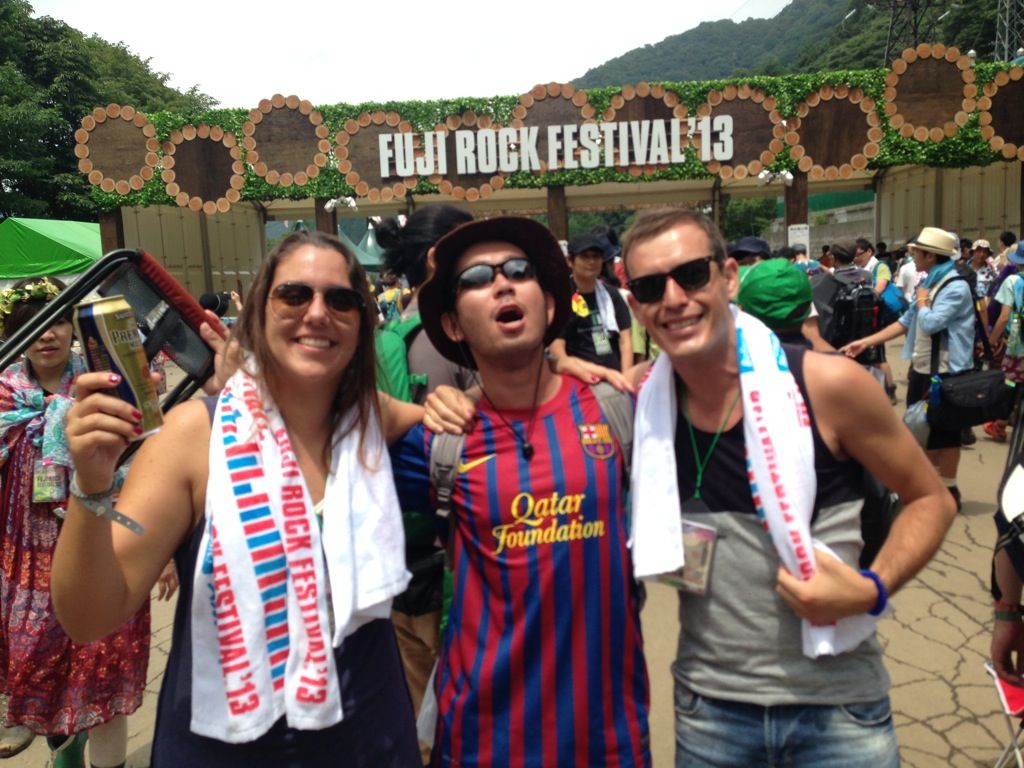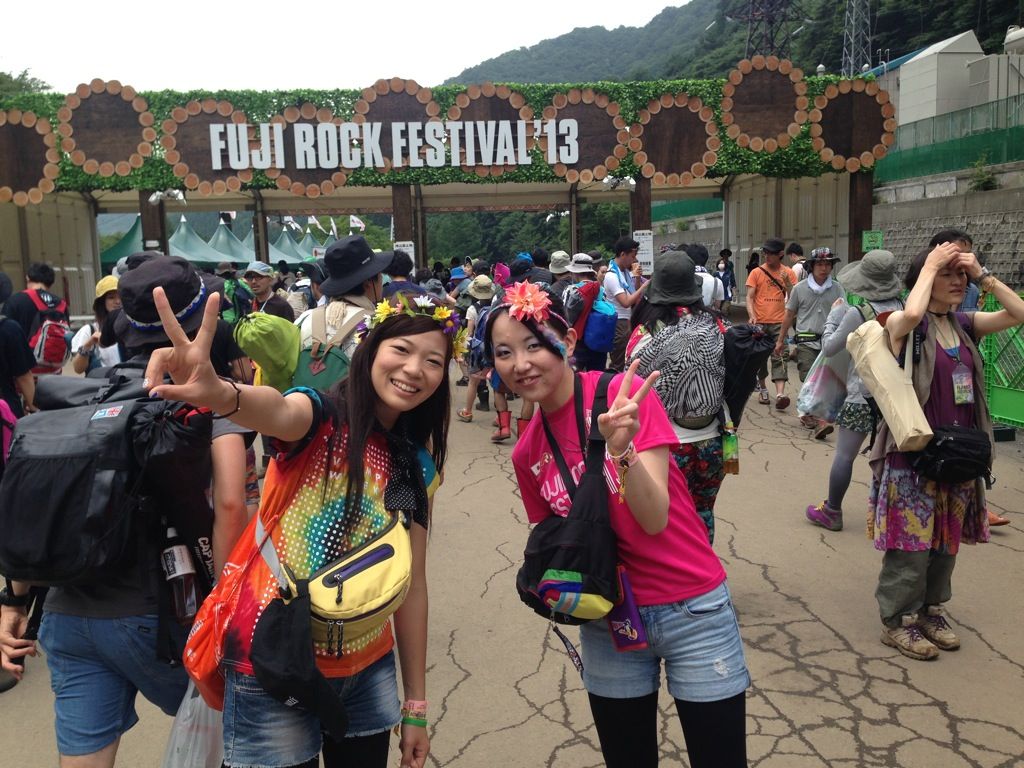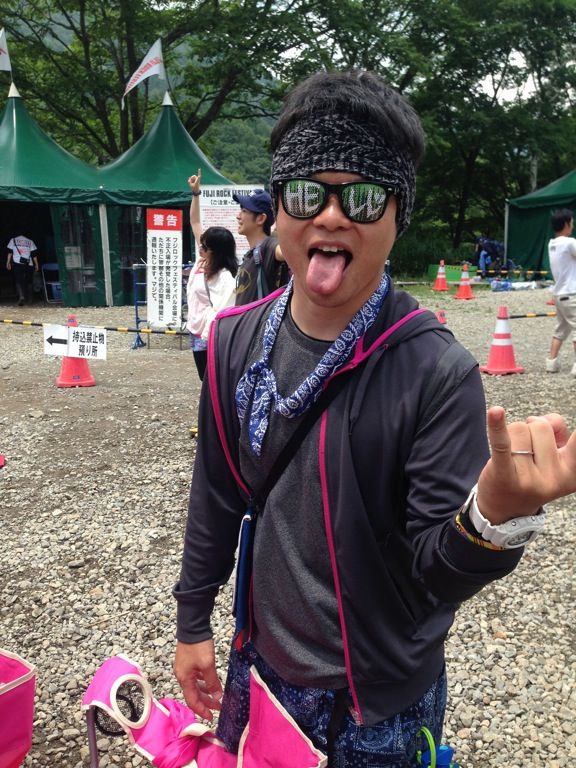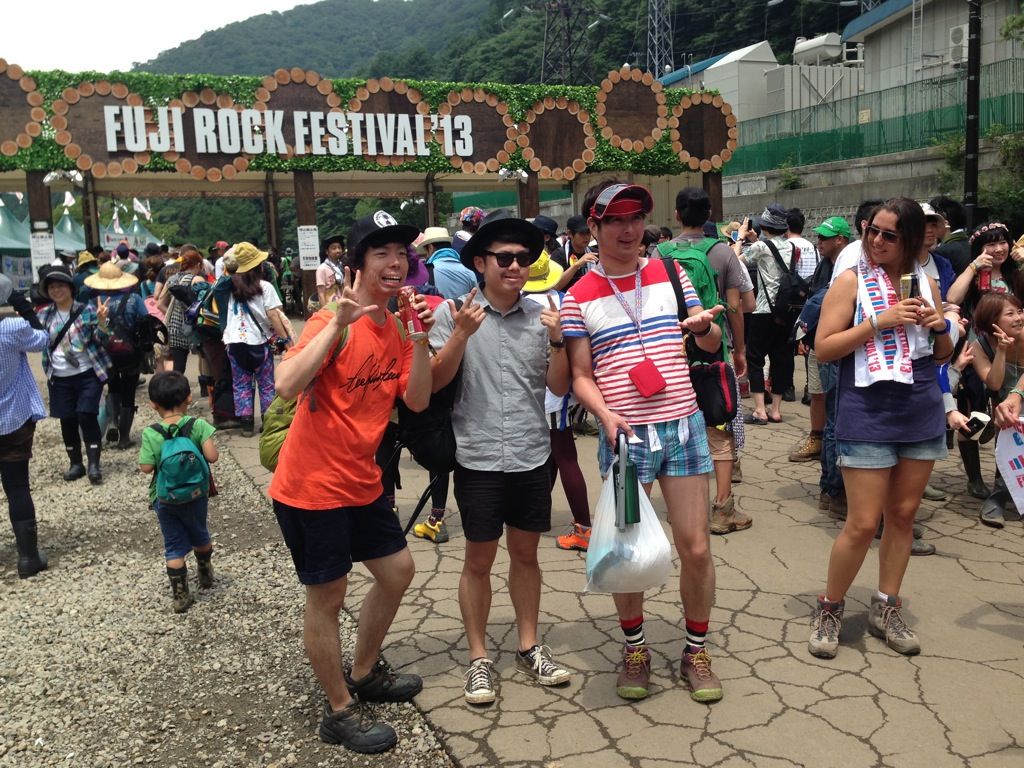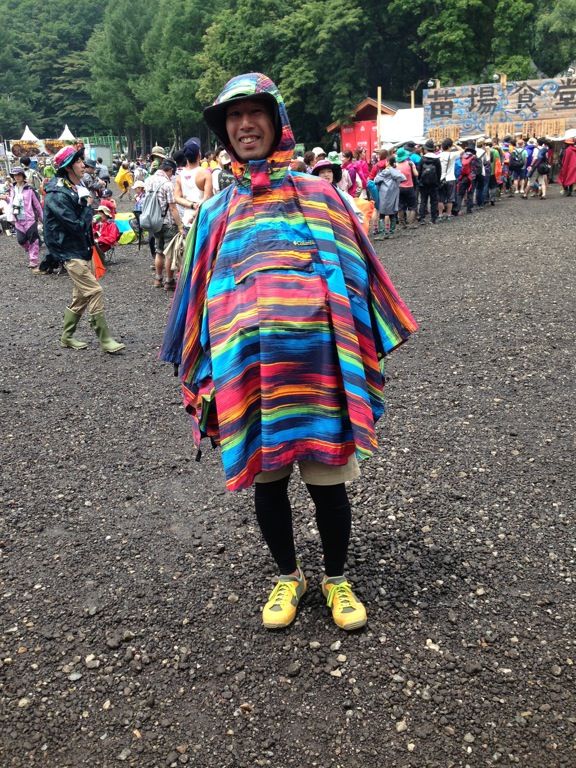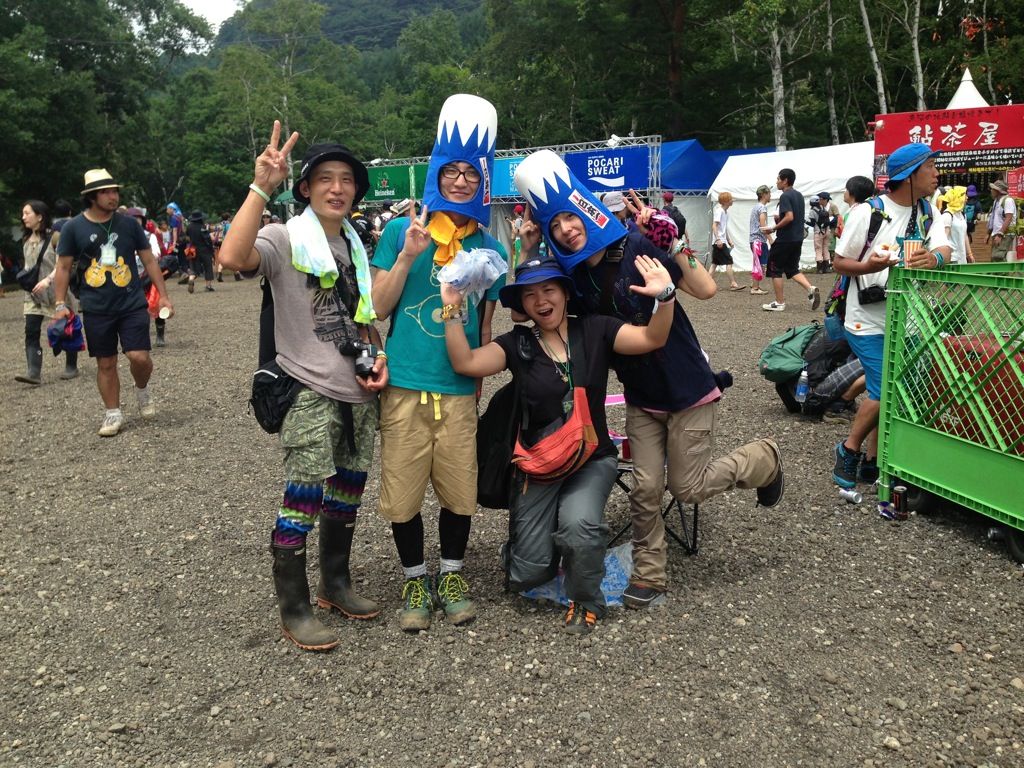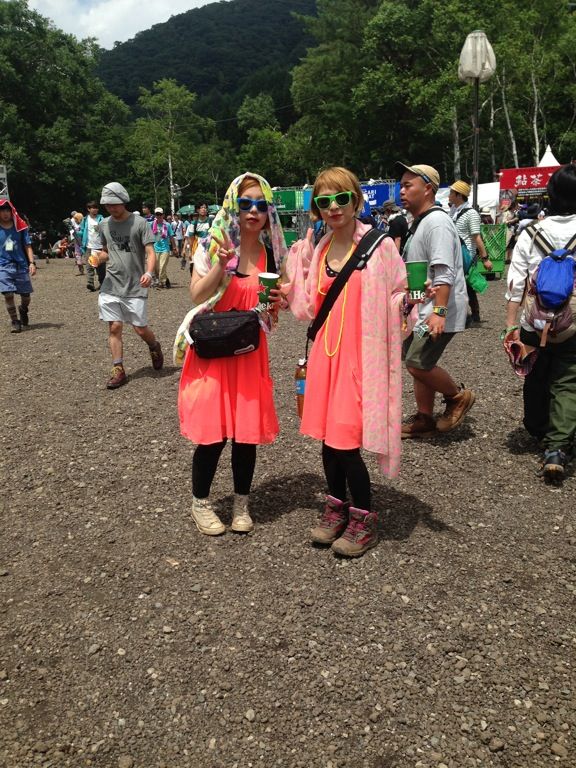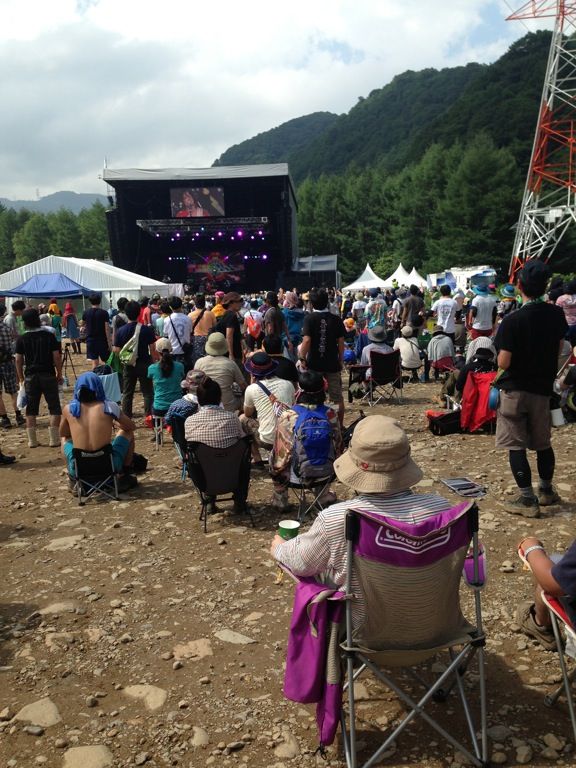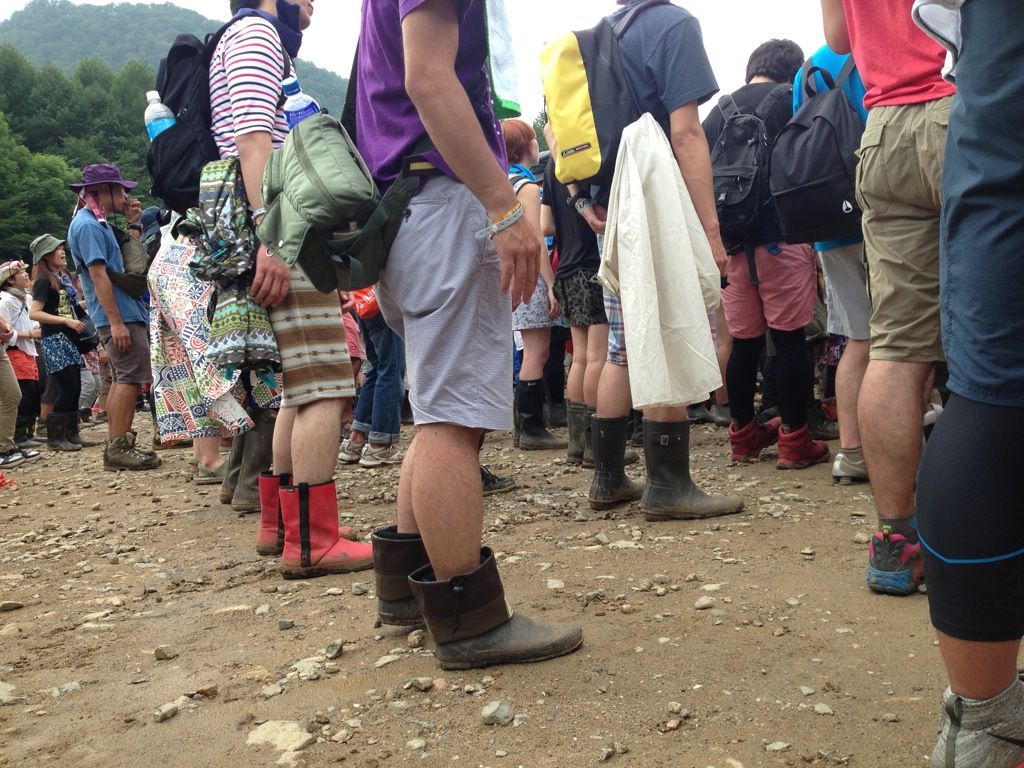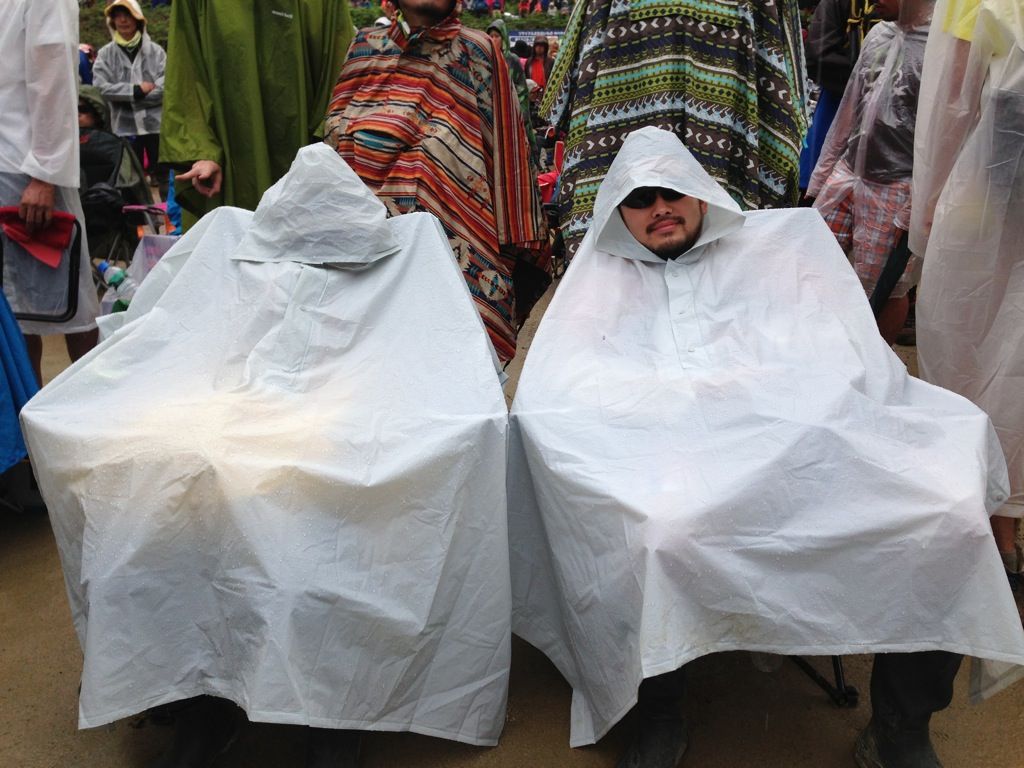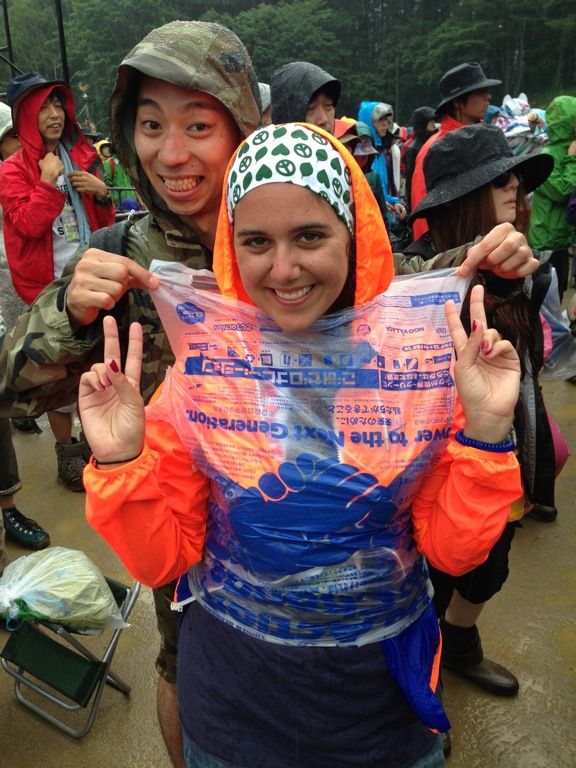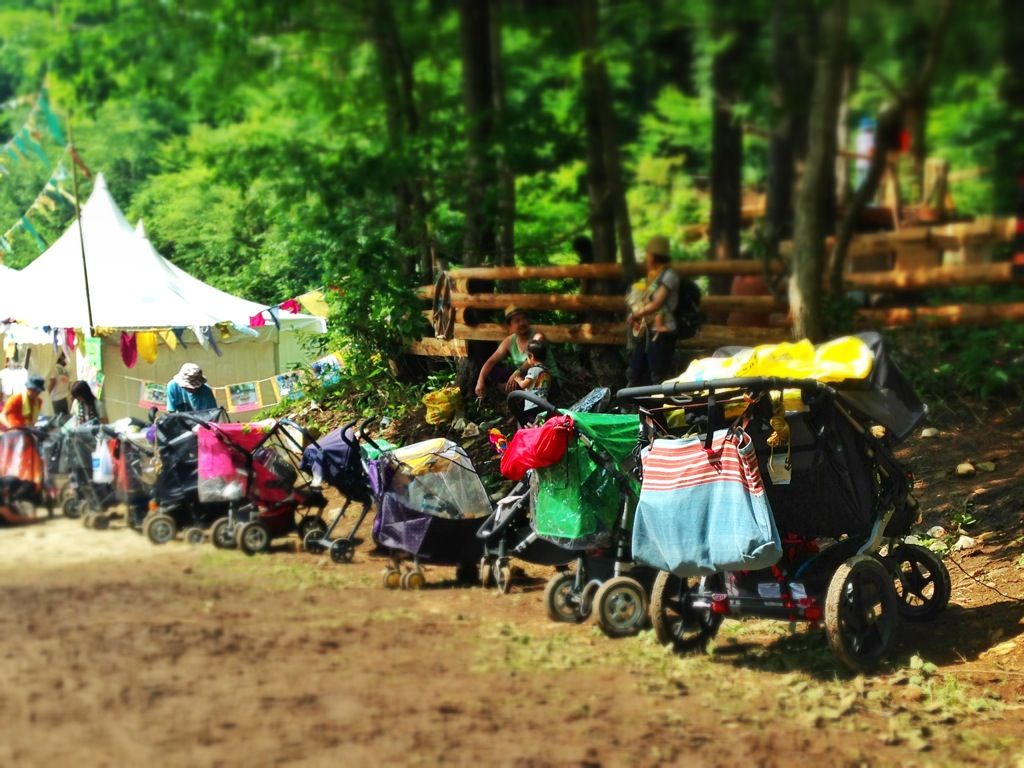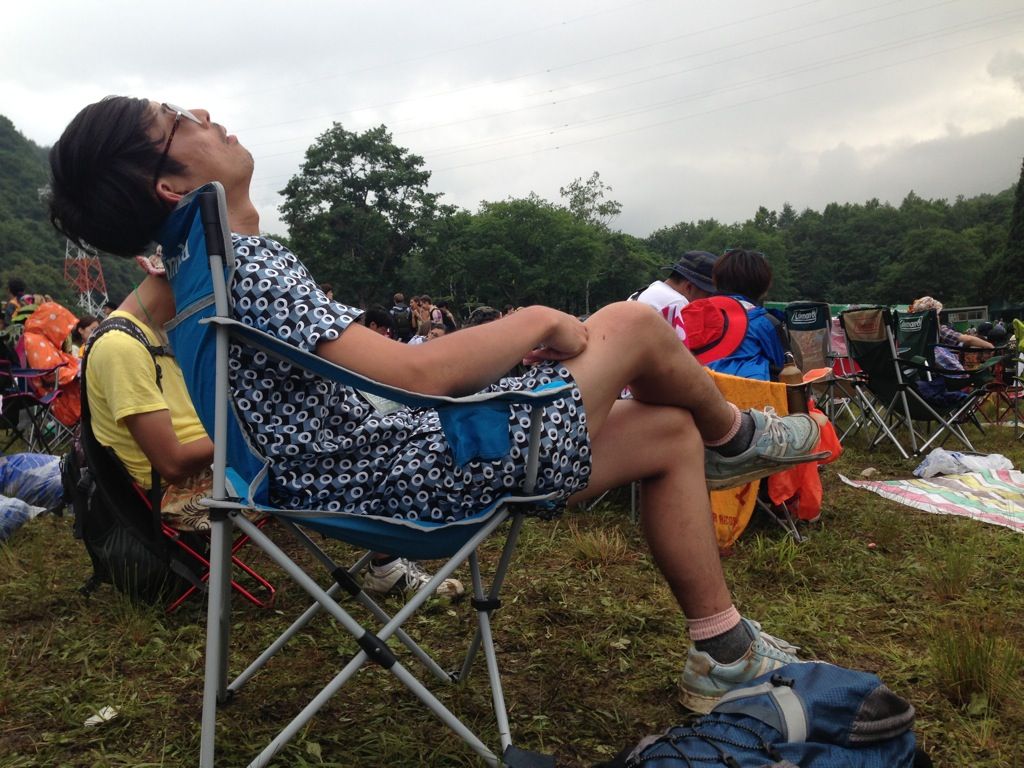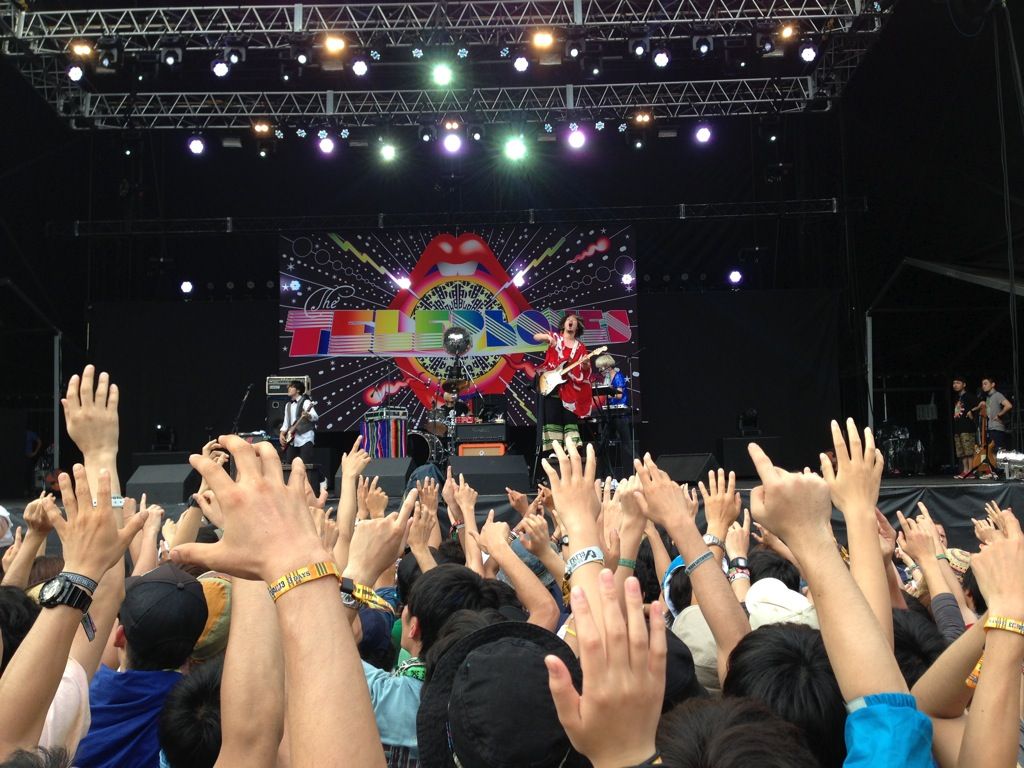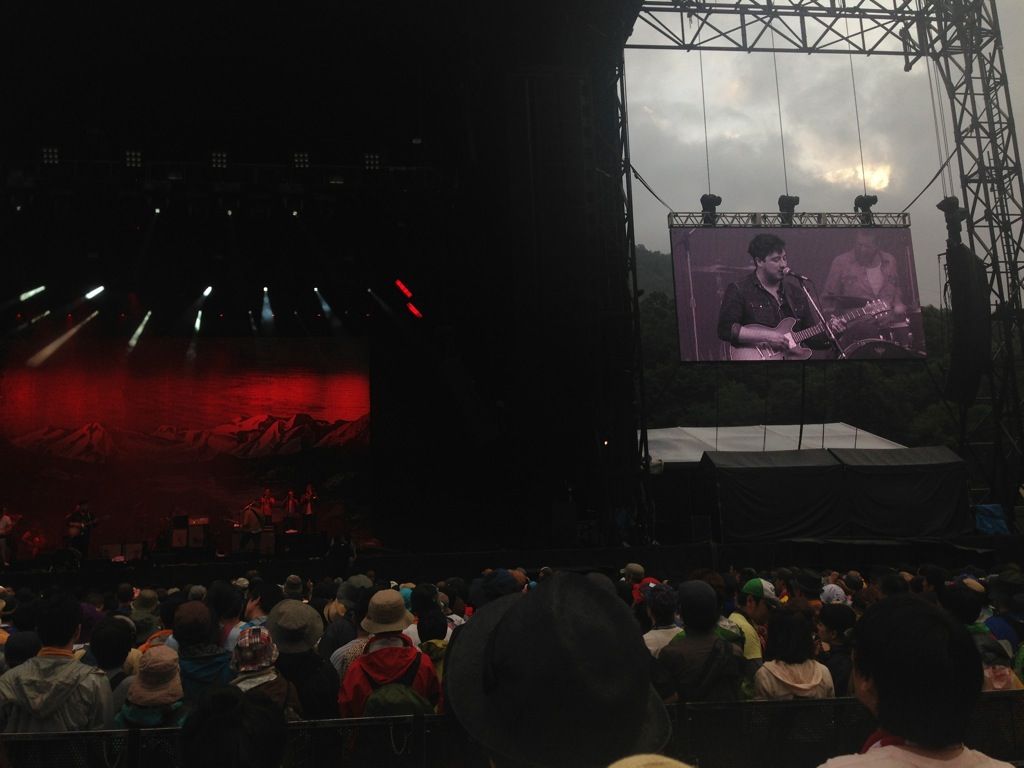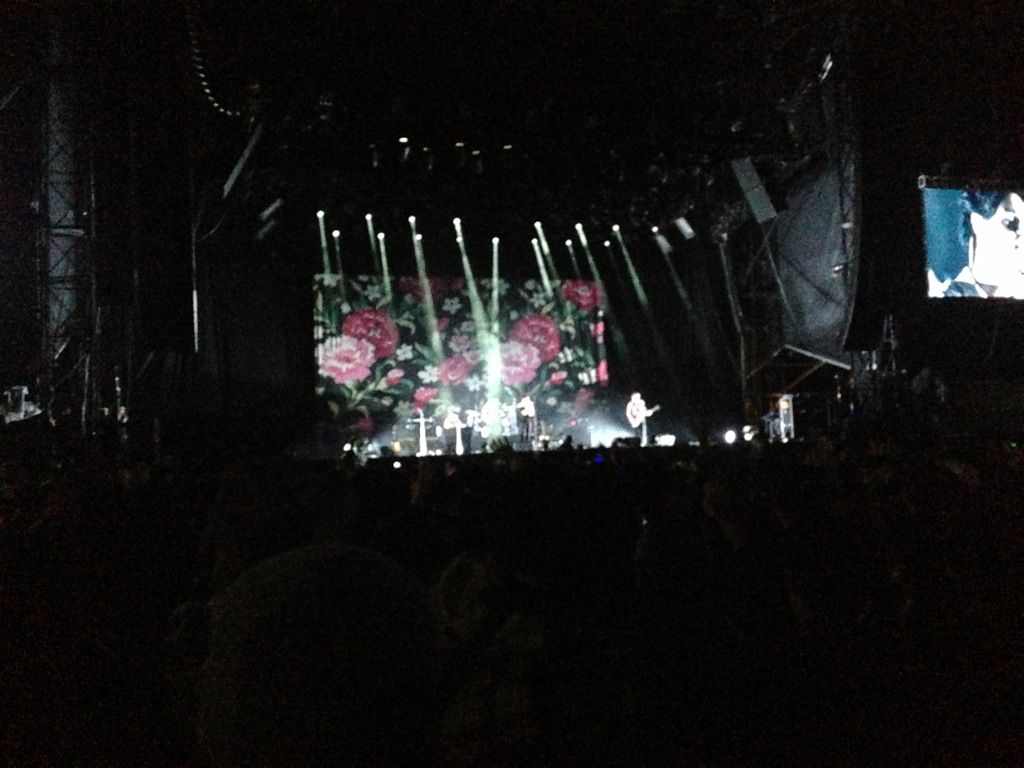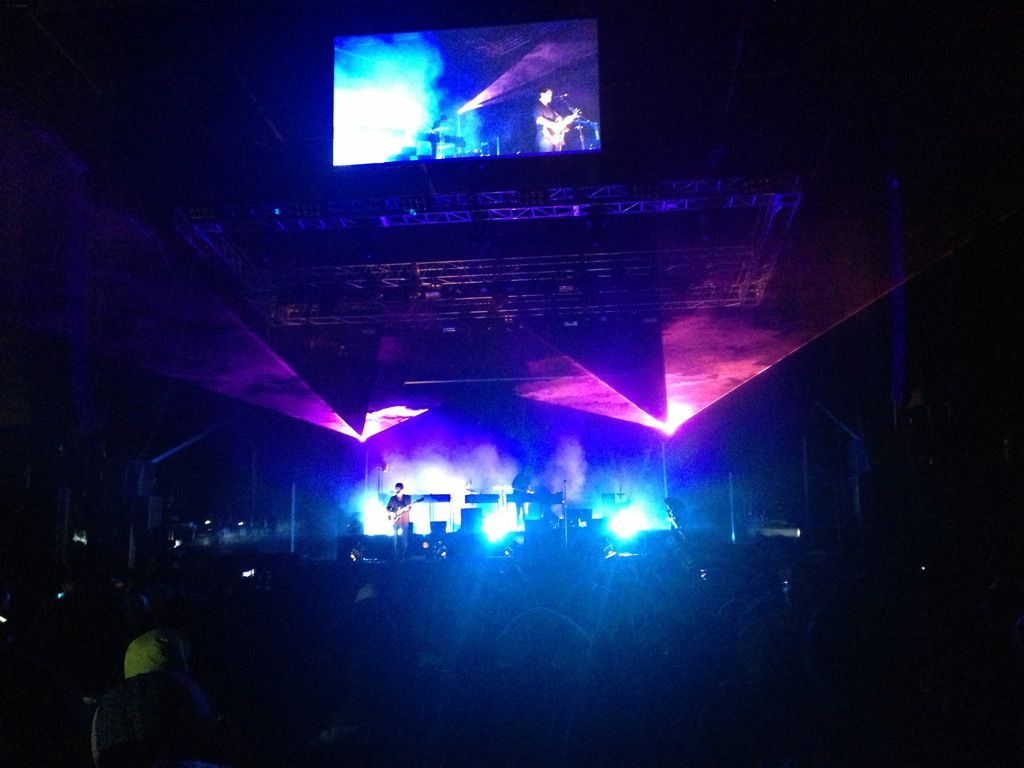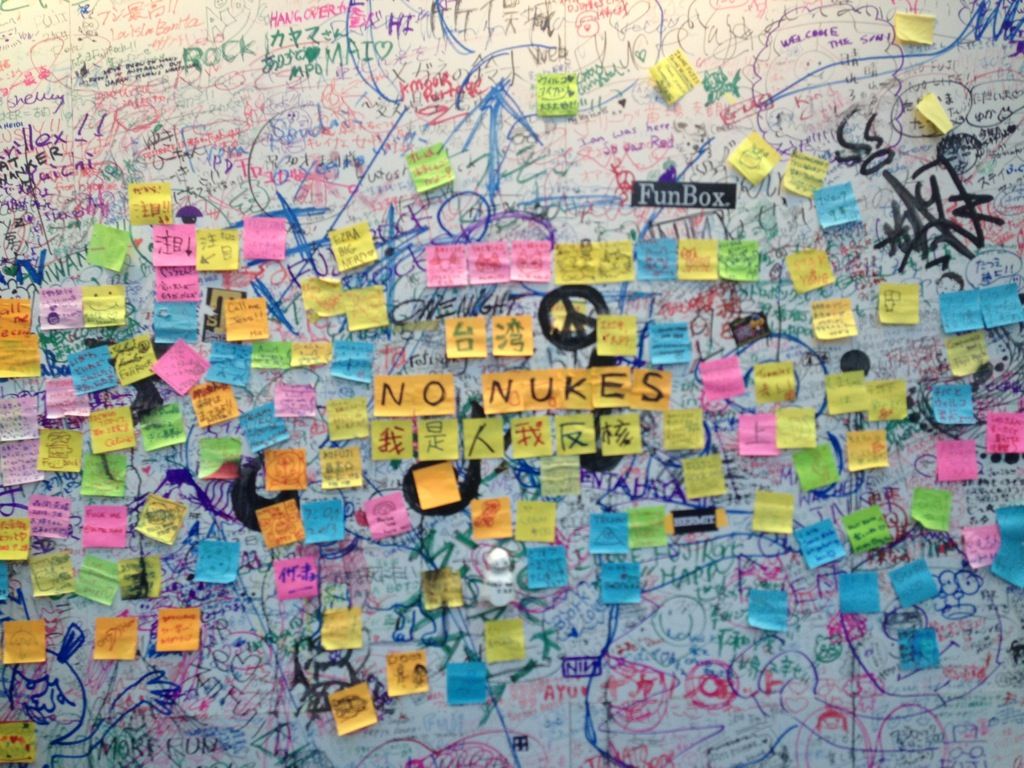S'acosta el fred i una de les coses que desapareixen de la vida quotidiana són els gelats...bé serà a Europa perquè aquí tenim gelats tot l'any. Segurament us sonarà estrany, això de barrejar fred amb fred no sembla que lligui gaire però al Japó el consum de gelats és molt comú i pràcticament sense diferencia estacional, és més quan arriba la tardor fins i tot treuen campanyes de màrqueting de tardor-hivern o nous productes amb ingredients de temporada. El tema ingredients, és bastant interessant, hi ha coses ben particulars...i els gustos també! L'altre són les formes i textures, val a dir que la indústria japonesa de gelats és molt creativa creant formes i aparences del tot diferents. A sota us deixo uns exemples curiosos:
Chilly winter is just around the corner and one thing that usually vanish from our life are ice-creams...well at least in Europe because here they eat them all year long. It may sound bizarre, cold with cold doesn`t seem to mix very well but in Japan the consumption of ice-cream is very popular and there is no big seasonal differences, even more, when fall approaches manufacturers launch special marketing campaigns or new products with seasonal ingredients. Actually the subject of ingredients is quite interesting, there are very particular examples...and flavors too! Another aspect are the shape and textures, I found the japanese ice-cream industry quite creative in this area always launching new shapes and appearances new to me. Here some examples:
Començem amb un clàssic, el Coolish...sabors estandars (maduixa, plàtan...) però interessant n'és la forma, com podeu veure en la foto el concepte de gelat és realment diferent amb un envàs bastant innovador, com podeu veure s'ha d'esprèmer per poder menjar, tal qual fós pasta de dents!
To start with a classic, Coolish...standard flavors (strawberry, banana...) with a very particular shape, as you can see below the concept is quite different from what we are used to since you need to squeeze-up the package to be able to eat it, as it was a toothpaste tube!
Sabors més tradicionals....pels japonesos clar! És típic les varietats de gelats de mongetes vermelles (azuki), en la primera foto barrejat amb macha (tè verd), rememorant un postre tradicional d'estiu. A sota podem veure la versió completa de mongetes (mmm...una cosa bastant peculiar) o altres sabors particulars com el de pastís de patata de dolça.
Then more traditionals flavours...for Japanese of course! Typical are the varieties with red beans (azuki), in the first picture mixed with macha (green tea) like a traditional summer dessert. Below that, there is a full version with azuki and another with traditional flavor of sweet potato cake!
Una altre delicatessen...els gelats amb gust i textura de "mochi" (els pastissets d'arròs glutinós/enganxós). El primer és gelat de mochi amb kinako (farina de soja), la segona foto l'anomenen "mochi-cream", el que és interessant és la forma igual a un mochi dels de sempre!
Another delicacy...the ice-creams with "mochi" taste and texture! Mochi is the typical sweet made of glutinous rice. The first example is an ice-cream of mochi and kinako (soybean flour) ...very yummy! The other one called "mochi-cream" it even has the regular shape of a mochi ball!!
Ara el Japó també tenen bombes...atenció a les dues novetats que vaig veure l'altre dia. La primera gairebé 300kcal/porció i la segona, record dels records, gairebé 400kcal / porció!!! Perquè després diguin allò que al Japó tot és molt sa i equilibrat!
In Japan there are also big treats...look at two of the new launches I saw the other day. The first one is almost 300kcal/portion and the other below, top of the top, almost 400kcal!! A good example for those that believe in Japan everything is healthy and balanced!
El meu favorit de la temporada però...el gelat de patata dolça! Fins i tot en té forma i la cobertura ressemblant la pell!
Per acabar us deixo un altre exemple de gelat...fals! Tot i l'aparença es tracta d'una galeta! Coses dels japonesos!
Lastly, another exemple of an ice-cream...fake! Albeit its look, this is a biscuit !! Japanese style!

